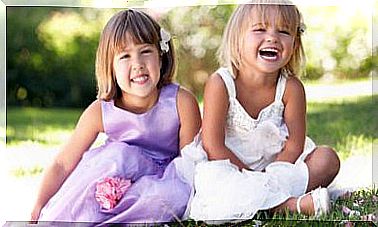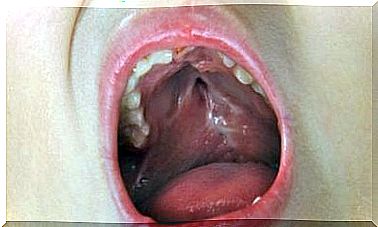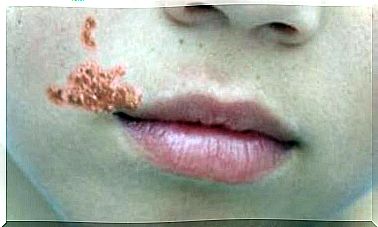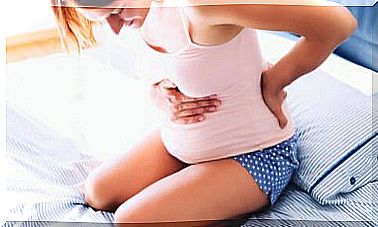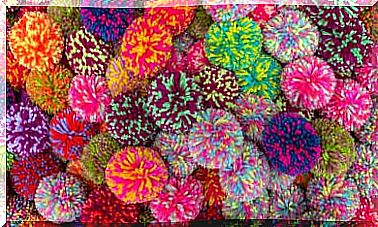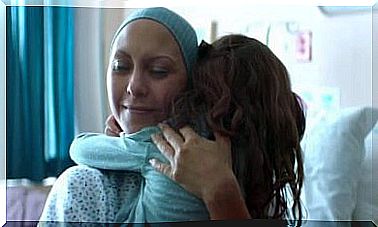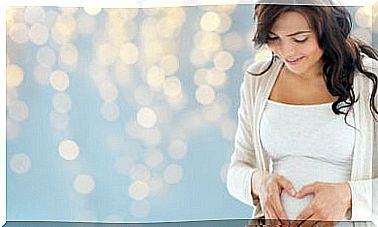Dyshidrotic Eczema In Children: How To Treat It?
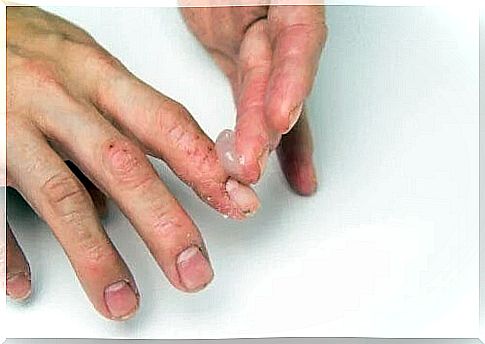
Although dyshidrotic eczema is not one of the most common dermatological conditions in children, it is necessary to act quickly in the diagnosis of the condition to avoid altering the quality of life and sleep due to intense itching. It is a benign, non-contagious pathology that involves the surface of the skin and, in most cases, resolves itself.
What is dyshidrotic eczema in children?
Dyshidrotic eczema is a chronic, inflammatory skin disease that causes itching, burning, and the resulting eruption of blisters on the sides of the fingers. The most frequent places where they appear are the palms of the hands, the soles of the feet and the fingers of both. Although the symptoms are generally not serious, in some children they can be serious.
The cause that triggers it is unknown. However, there is a strong association with stress levels, an allergic history and atopic dermatitis.
Treatment Options for Dyshidrotic Eczema
The dermatologist or general practitioner are professionals trained to indicate the treatment to be followed. It all depends on the severity of the injuries or the child’s symptoms.
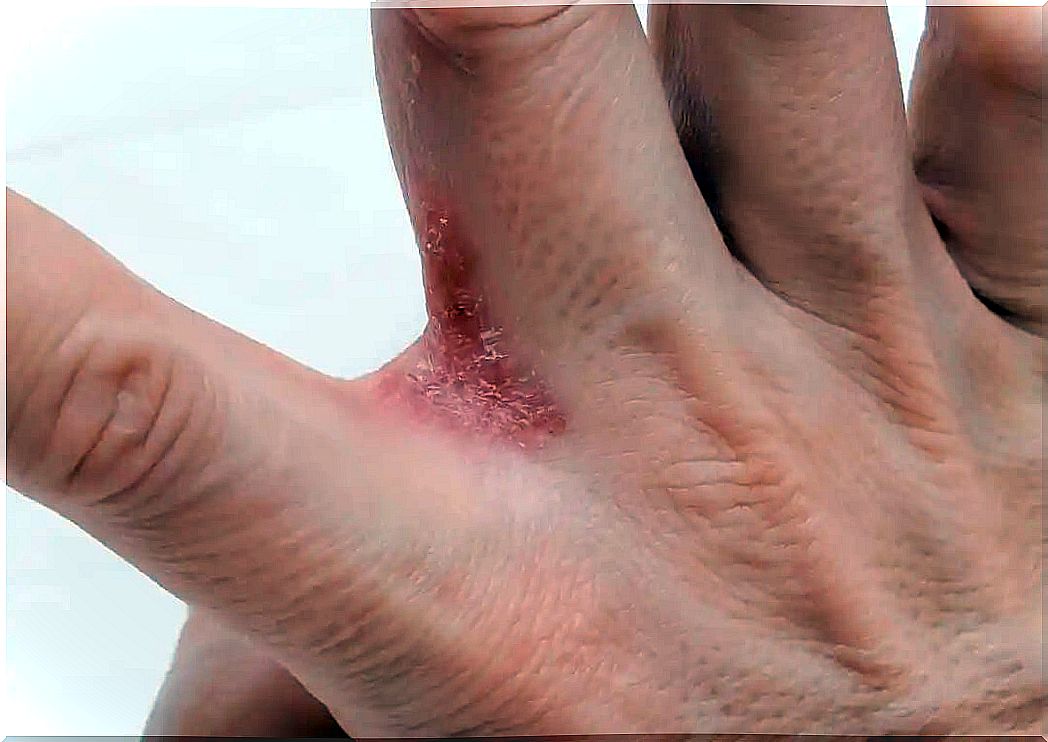
Drug therapy
Drug treatment is indicated for conditions with intense itching and moderate lesions that reduce quality of life.
Emulsion or moisturizing cream
The use of moisturizing creams helps to keep the skin barrier intact. The choice of product must be adequate to the skin’s needs and must contain vitamin A, vitamin E, allantoin and hyaluronic acid. The application must be constant and carried out on the entire surface of the skin, not just the area with lesions.
calcineurin cream
Topical calcineurin inhibitors, tacrolimus or pimecrolimus, have the advantage of not generating the local and systemic adverse effects caused by local steroids. Although they serve the same functions as corticosteroids, they can develop local reactions, such as burning or itching.
Antihistamines
Antihistamines are very useful when itching interferes with daily activities and even prevents you from getting a good night’s sleep. They are not the first treatment option, but are chosen to alleviate the itching until the clinical picture resolves. This allows the child to have a more pleasant sleep without harming their quality of life.
Topical antibiotics
Topical antibiotics, such as fusidic acid and mupirocin, are used in cases where the lesions present bacterial superinfection. For this reason, the application of cream 3 times a day is recommended. At the same time, another treatment can be done in parallel to relieve the itching and the rest of the symptoms or signs that the child will have.
Topical corticosteroids
The first-line treatment for dyshidrotic eczema is topical corticosteroids. They exist in different presentations and low, light or moderate power.
Medium strength creams relieve itching, reduce inflammation and contribute to the resolution of elementary lesions. However, they should not be applied for a long time, due to the great dependence they generate and, therefore, adverse reactions in the future.
Ultraviolet light treatment and psoralen (PUVA)
Phototherapy is the last treatment option in cases where the above alternatives have not been effective. Consequently, according to the severity of the injuries and their extension, the physician will evaluate the possibility of indicating the performance of PUVA sessions.
Basic and hygienic measures
Basic and general skin care helps to limit flare-ups and the severity of signs and symptoms. Some of the recommendations that should be followed are:
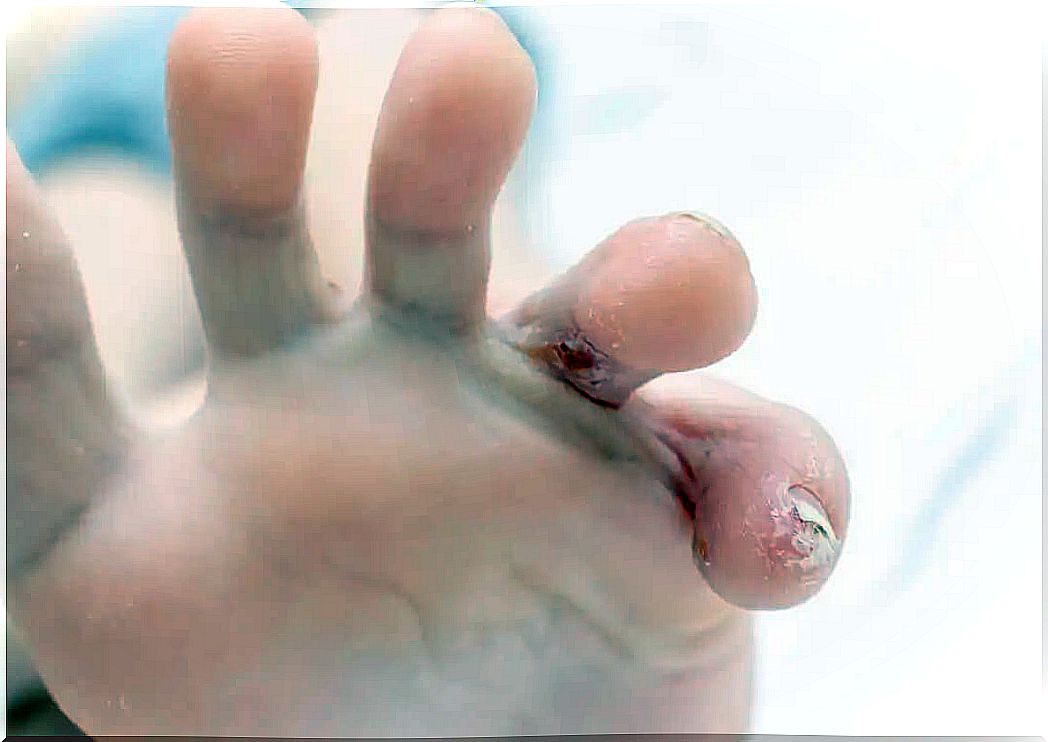
- Do not use hot water, always preferring warm water.
- Use mild, fragrance-free, alcohol-free cleaning products.
- Always dry your hands and feet thoroughly.
- Avoid scratching to avoid further infecting the lesions.
- After drying your hands, apply a cream to protect the skin surface.
- When washing dishes, wear latex-free gloves.
- Avoid contact with irritating products such as solvents, detergents or hair care products.
- Avoid extreme weather if possible.
About dyshidrotic eczema in children…
Dyshidrotic eczema tends to develop in outbreaks, so it is not easy to prevent due to its still uncertain origin. In turn, it is characterized by the presence of a cluster of small vesicles in the lateral regions of the fingers or toes, which tend to resolve spontaneously.
It is an inflammatory dermatological disease that does not present contagiousness or major complications. However, it is advisable to request a medical consultation so that the health professional can indicate the appropriate medication to be used.
